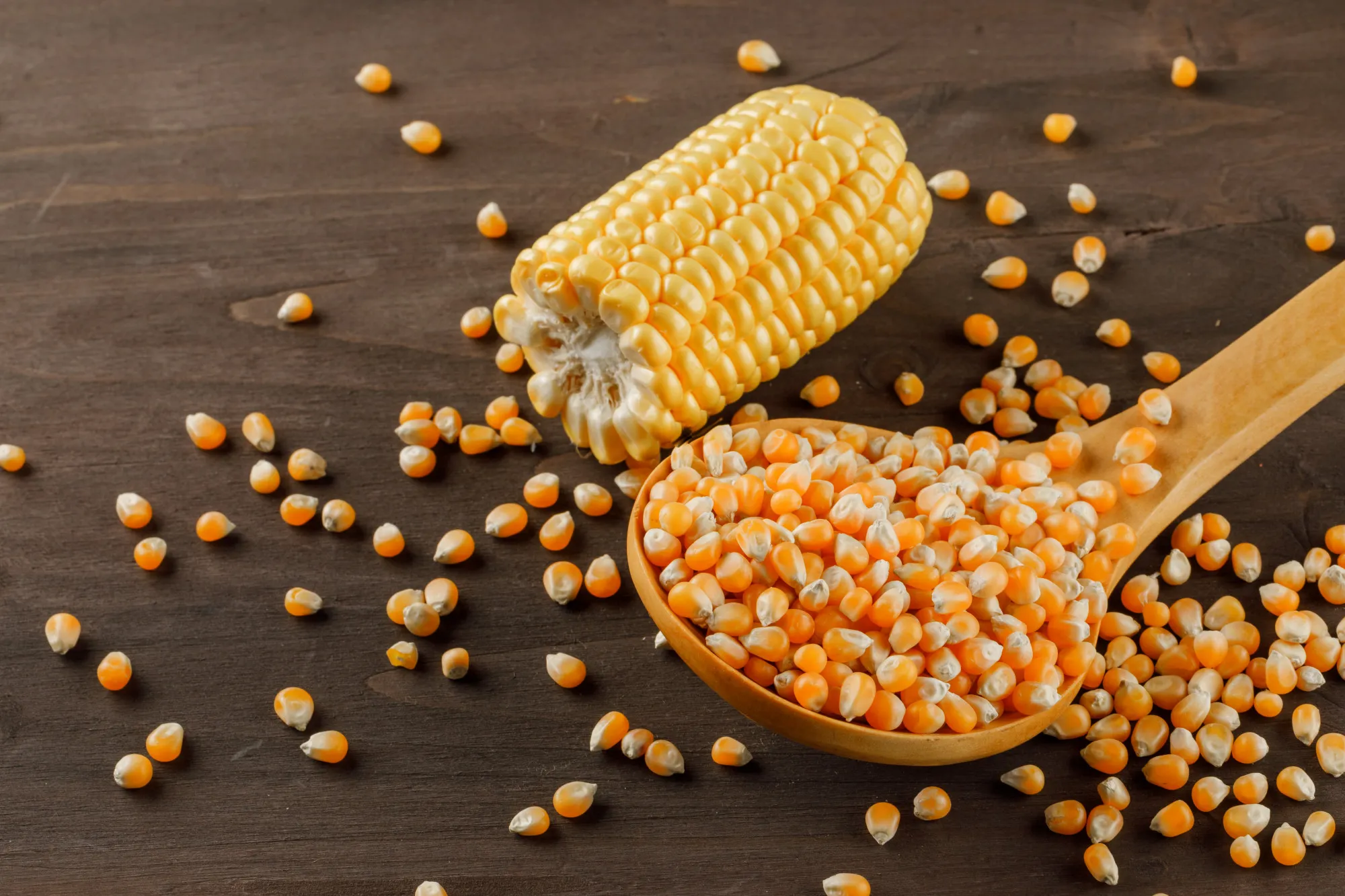DOI: 10.1016/j.ijbiomac.2024.129419
Abstract
The research publication, cited with the DOI 10.1016/j.ijbiomac.2024.129419 and published in the prestigious journal “International Journal of Biological Macromolecules,” delves into the transformative reactions occurring within HAM as it undergoes various drying processes. Initial studies on the subject revealed that the enzymatic digestibility of HAM flour diminishes significantly as the drying temperature escalates. This study approaches the subject with a scientifically methodical lens and promises to build upon the existing knowledge in an area that holds a surfeit of potential benefits.
An Insight into Resistant-Starch Formations
Resistant starch has emerged as a key nutritional component that remains undigested in the small intestine and, thus, mimics the effects of dietary fiber. Their health benefits include reduced postprandial glycemic and insulinemic responses, making them particularly beneficial for individuals managing diabetes or those seeking to control their weight.
The research conducted around high-amylose maize kernel drying had a clear objective: to comprehend how resistant starch forms during the drying process of freshly harvested HAM kernels, which contain 28.2% initial moisture. The kernels were subjected to various drying methods including sun drying at approximately 30°C and hot-air drying at temperatures of 50°C, 70°C, 90°C, and 110°C. Subsequent analyses were then made on the resultant HAM flours.
The Startling Reveal of Drying Temperature Impacts
The study’s findings are intriguing, revealing that the drying temperature has a profound effect on the flour’s properties. It was noted that the enzymatic digestibility of the HAM flour underwent a remarkable reduction from 63.6% to a mere 41.1% when the drying temperature spiked from 30°C to 110°C. These results have prompted the scientific community to re-evaluate traditional drying practices for maize.
The implications extend to the other attributes of HAM flour as well. Swelling power, solubility, and viscosity were seen to decrease in the 110°C heat-treated HAM flour. Conversely, such drying conditions cause an increase in gelatinization temperatures, enthalpy change, and relative crystallinity — a clear indication that heat treatment causes the starch to adopt a more ordered structure, which is more resistant to enzymatic attack.
Microscopic Revelations: Starch Granule Aggregation
Detailed microscopic evaluations — using both light and scanning electron microscopy — facilitated a closer look at the actual changes in the HAM flour’s morphology. They showed that drying temperatures precipitated the gathering of starch granules into aggregates. These conglomerates retain their structure even after a lengthy 16-hour enzymatic hydrolysis, hinting at the formation of a structure that is robust against enzymatic breakdown — a possible key player in resistant starch formation.
A Paradigm Shift for Low Glycemic Foods
How could these findings affect the future of food science? By understanding and controlling the formation of resistant starch in HAM flour, it may be possible to produce low glycemic index foods more efficiently. These could ultimately provide healthier carbohydrate options, in turn mitigating the risks of chronic diseases associated with high blood sugar levels, such as diabetes and obesity.
From a practical perspective, these insights could guide the modification of drying processes in the food industry to enhance the formation of resistant starch. For consumers, this translates to more options in the realm of healthful eating without sacrificing taste or texture.
Public Health Implications
The global burden of chronic diseases presents a grim narrative, one that this breakthrough in understanding resistant starch formation may well help rewrite. The knowledge gleaned from this study could become an integral part of nutritional strategies aimed at preventing or managing metabolic syndrome and other related health issues.
Conclusion
This seminal work by scientists in China marks a milestone in the study of functional starches. It offers a beacon of hope in combating lifestyle-related chronic diseases. While the process from research to commercial application may yet face challenges, the implications of this study have opened a new dialogue in the world of nutritional science and food technology.
Potential Conflict of Interest
The declaration of competing interest assures that there were no influences from known competing financial interests or personal relationships on the outcome of the research presented.
References
1. High-amylose maize
2. Resistant starch formation
3. Low glycemic index foods
4. Starch digestibility
5. Enzymatic hydrolysis of starch
